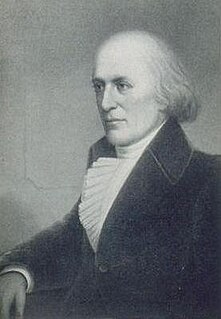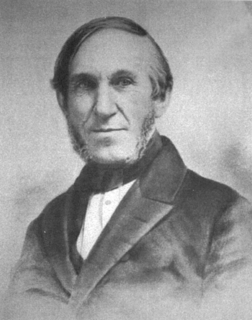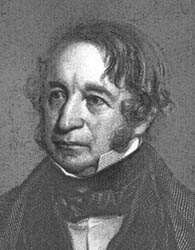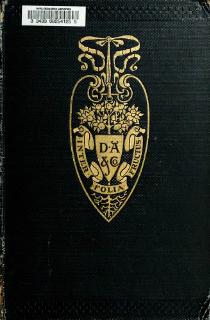James Englebert Teschemacher (11 June 1790 in Nottingham, England – 9 November 1853 near Boston, Massachusetts) was a scientist. He began a commercial career in 1804 by entering a foreign mercantile house in London, where he showed business talents of a high order. In 1830 he accepted a lucrative offer to go to Cuba, but it proved unsatisfactory when he reached Havana, and he returned to England. He then determined to come to the United States, and reached New York City in February, 1832, after which he settled in Boston, where he engaged in commercial pursuits until his death. Teschemacher devoted his leisure to science, and published about thirty papers on various subjects in chemistry, mineralogy, geology, and botany. These appeared chiefly in the transactions of scientific societies of which he was a member. Besides several addresses, he published Concise Application of the Principles of Structural Botany to Horticulture (Boston, 1840); Essay on Guano (1845); and a translation of Julius Adolph Stöckhardt's Chemical Field Lectures (Cambridge, 1852). He was elected a Fellow of the American Academy of Arts and Sciences in 1841. [1]

Nottingham is a city and unitary authority area in Nottinghamshire, England, 128 miles (206 km) north of London, 45 miles (72 km) northeast of Birmingham and 56 miles (90 km) southeast of Manchester, in the East Midlands.

England is a country that is part of the United Kingdom. It shares land borders with Wales to the west and Scotland to the north-northwest. The Irish Sea lies west of England and the Celtic Sea lies to the southwest. England is separated from continental Europe by the North Sea to the east and the English Channel to the south. The country covers five-eighths of the island of Great Britain, which lies in the North Atlantic, and includes over 100 smaller islands, such as the Isles of Scilly and the Isle of Wight.

A scientist is someone who conducts scientific research to advance knowledge in an area of interest.














